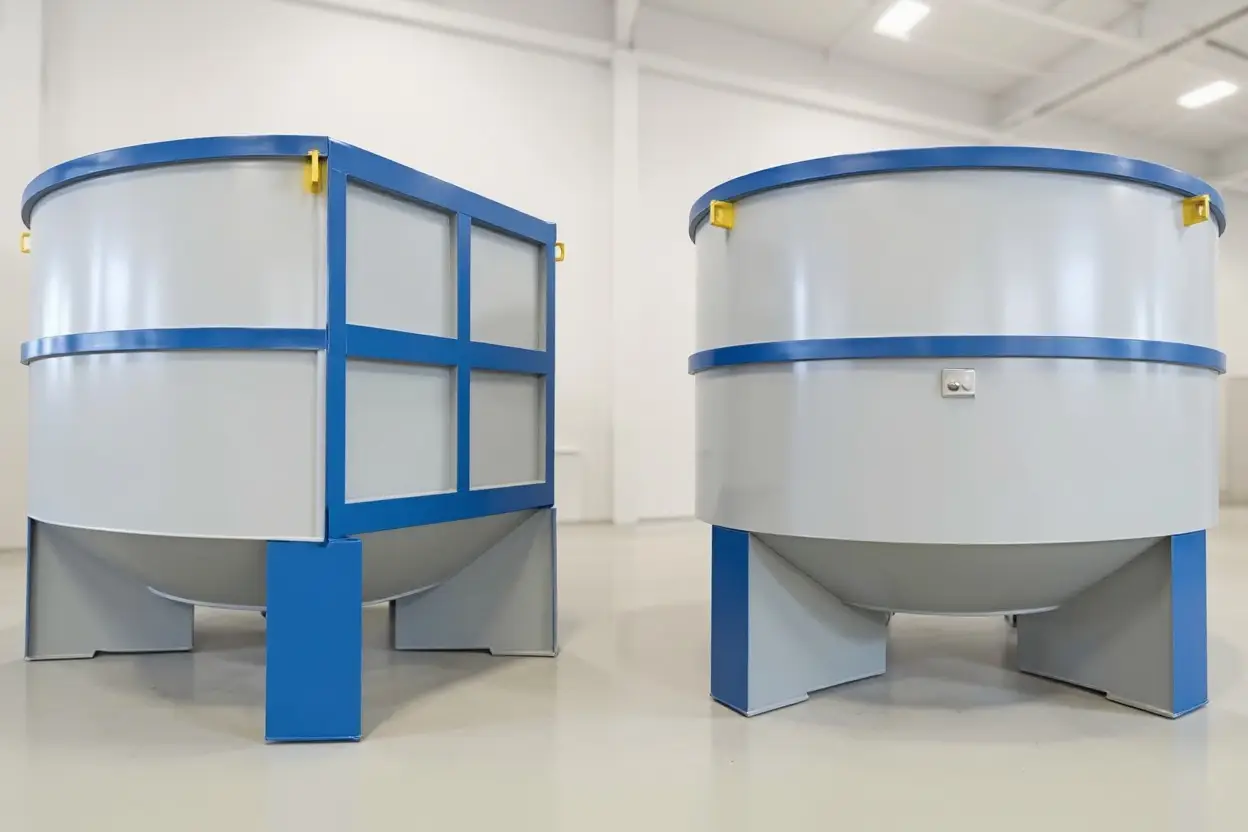D type Hydraulic Pulper
Efficient Pulping for Waste Paper Processing
The D-Type Hydraulic Pulper is an advanced pulping system designed for efficient and high-capacity waste paper processing. It features a uniquely shaped “D” type tub that enhances the interaction between the rotor and raw materials, leading to faster fiber disintegration and improved energy efficiency.

D-Type Hydraulic Pulpe
Innovative Design for Higher Efficiency
Unlike traditional hydraulic pulpers, the D-type configuration allows waste paper to make quicker and more frequent contact with the rotor. This results in shorter pulping times without increasing power consumption or machine volume. The design improves production capacity by ensuring that the waste material is broken down more rapidly and uniformly.
Energy-Saving Rotor Technology
The D-type pulper is equipped with an energy-saving rotor and a dual-blade system that significantly reduces energy usage—by up to 25% compared to conventional systems. The rotor and the slurry disc are positioned above the bottom surface of the pulper, creating a low-pressure flow zone. This design causes heavier impurities to settle in the sink well during the pulping process, helping to protect downstream equipment and improve pulp purity.
Vertical and Horizontal Variants Available
To accommodate different plant layouts and operational needs, the D-type hydraulic pulper is available in both vertical and horizontal configurations. Each model offers the same high-efficiency performance and is built to handle a wide variety of waste paper types, including newspaper, cardboard, mixed office waste, and more.
Key Benefits of the D-Type Hydraulic Pulper
Faster pulping time without increased power requirements
Enhanced fiber dispersion for improved pulp quality
Energy savings of up to 25% through efficient rotor design
Effective removal of heavy contaminants during operation
Available in both vertical and horizontal machine layouts
Conclusion
The D-Type Hydraulic Pulper is a reliable, high-performance solution for paper mills seeking to improve pulping efficiency while reducing energy consumption. Its modern design and operational flexibility make it an ideal choice for waste paper recycling operations aiming to increase productivity and pulp quality without compromising on sustainability.
